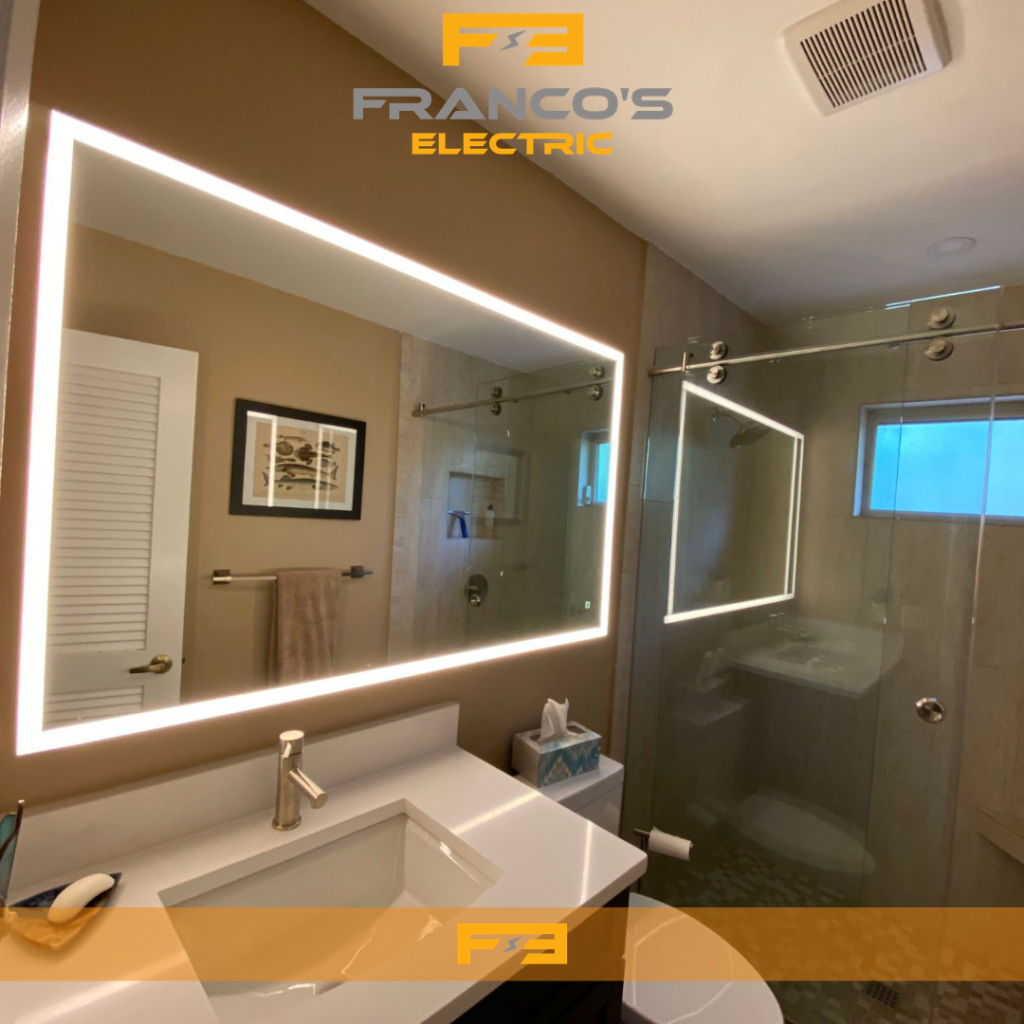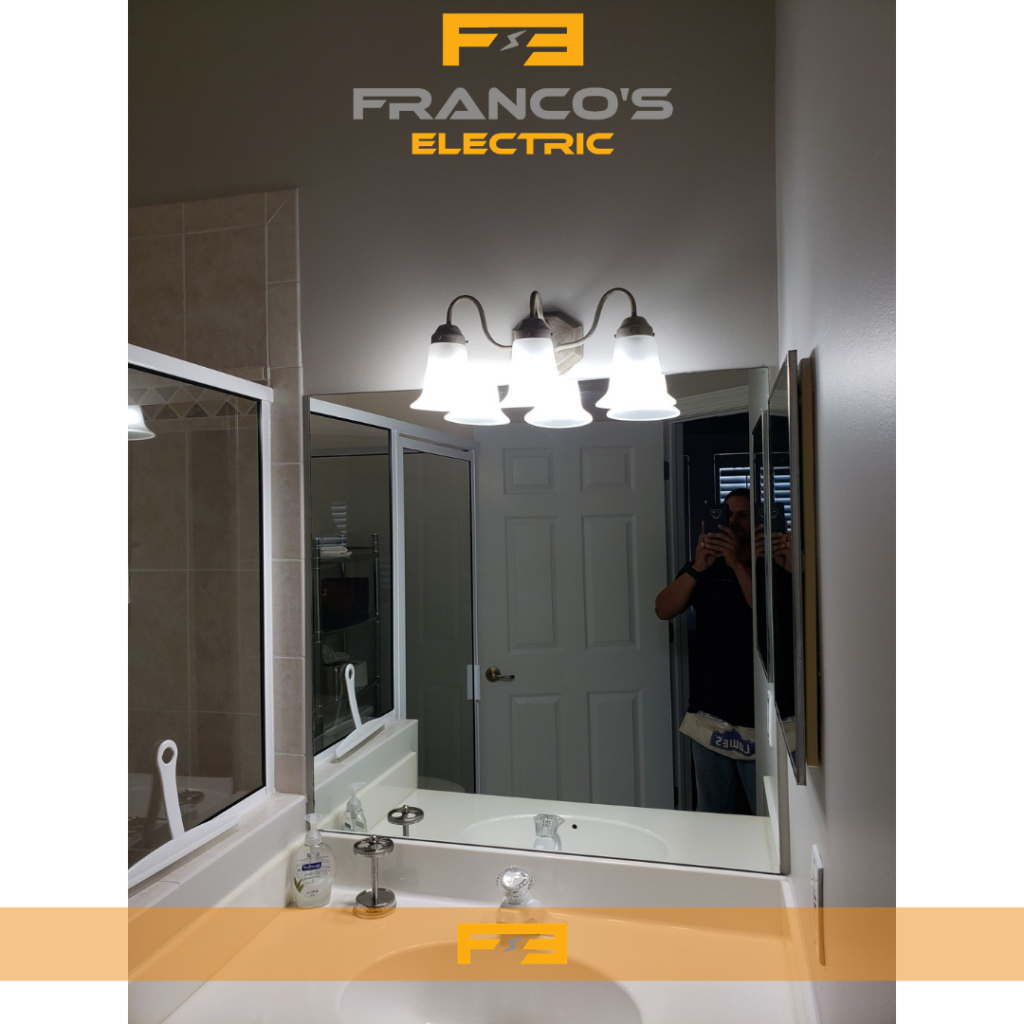BATHROOM ELECTRICITY
Bathrooms are damp and can use a lot of power. This creates special needs when it comes to wiring. If there are two things you should never mix, its water and electricity. Water reduces the body’s electrical resistance. This is why you probably know to never get electrical devices wet, such as bring a radio into the shower with you. It is important to keep yourself safe in the room that has the most water in it
This article will help you plan for appropriate electrical wiring to cover lighting, airflow, and safety devices in your bathroom. Everything from watertight lighting fixtures in bathing areas to effective ventilation to GFCI outlets for safety must be considered.
Lighting
Sometimes it can be difficult to light the bathroom properly. With minimal windows or frosted windows, the light just doesn’t come in the same. Lighting is even more important in this situation, so you have proper sight to avoid any hazards. You may require ample lighting to always keep everything in your bathroom visible. Plus, proper lighting can make your bathroom more peaceful and relaxing.
Bath and shower areas must have special fixtures. Light fixtures for these areas carry one of two ratings: damp locations and wet locations. Any light fixture in this zone must be at least rated for damp locations. However, if the fixture is potentially subject to spray from the shower, it must be rated for wet locations.
Fans
Bathrooms are notorious for being moist, and some don’t have windows to remove the moisture and odors. Even if you have a window, a bathroom vent fan is more effective at exhausting moisture and odors, and you don’t lose as much heat in the winter. Vent fans are required in all new bathrooms and remodel. You can install a vent fan with a built-in heater, but this has different wiring requirements than a standard fan without a heater.
Power Outlets
You can provide GFCI protection with a GFCI circuit breaker or by installing one or more GFCI outlets on the receptacle circuit. When using a single GFCI outlet for protection, it must be wired for “multiple-location” protection so that it protects all of the outlets downstream on the same circuit. Each sink requires one GFCI-protected outlet within three feet of it, and it can be between a two-sink configuration or located to the side of each sink.
Our bathrooms can be a place of peace and escape, but you must respect the danger of putting electricity near water. This is why electricians play an important role here; we can give you a hand!



